Mandolyn Electronic Technology WS Weather Station Receiver User Manual IM WS2211 English UPM Rev1
Mandolyn Electronic Technology Inc. Weather Station Receiver IM WS2211 English UPM Rev1
Contents
- 1. User Manual WS1233U
- 2. User Manual WS2211
- 3. User Manual WS2300U
User Manual WS2211
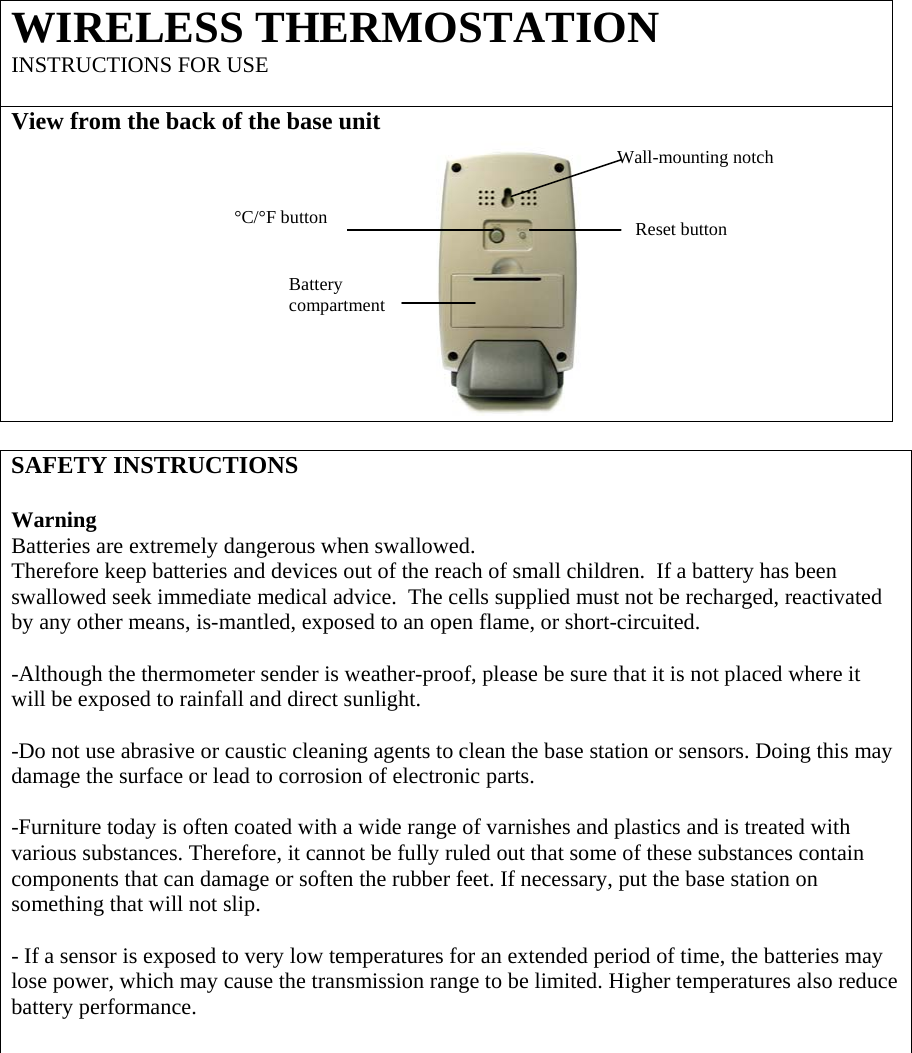
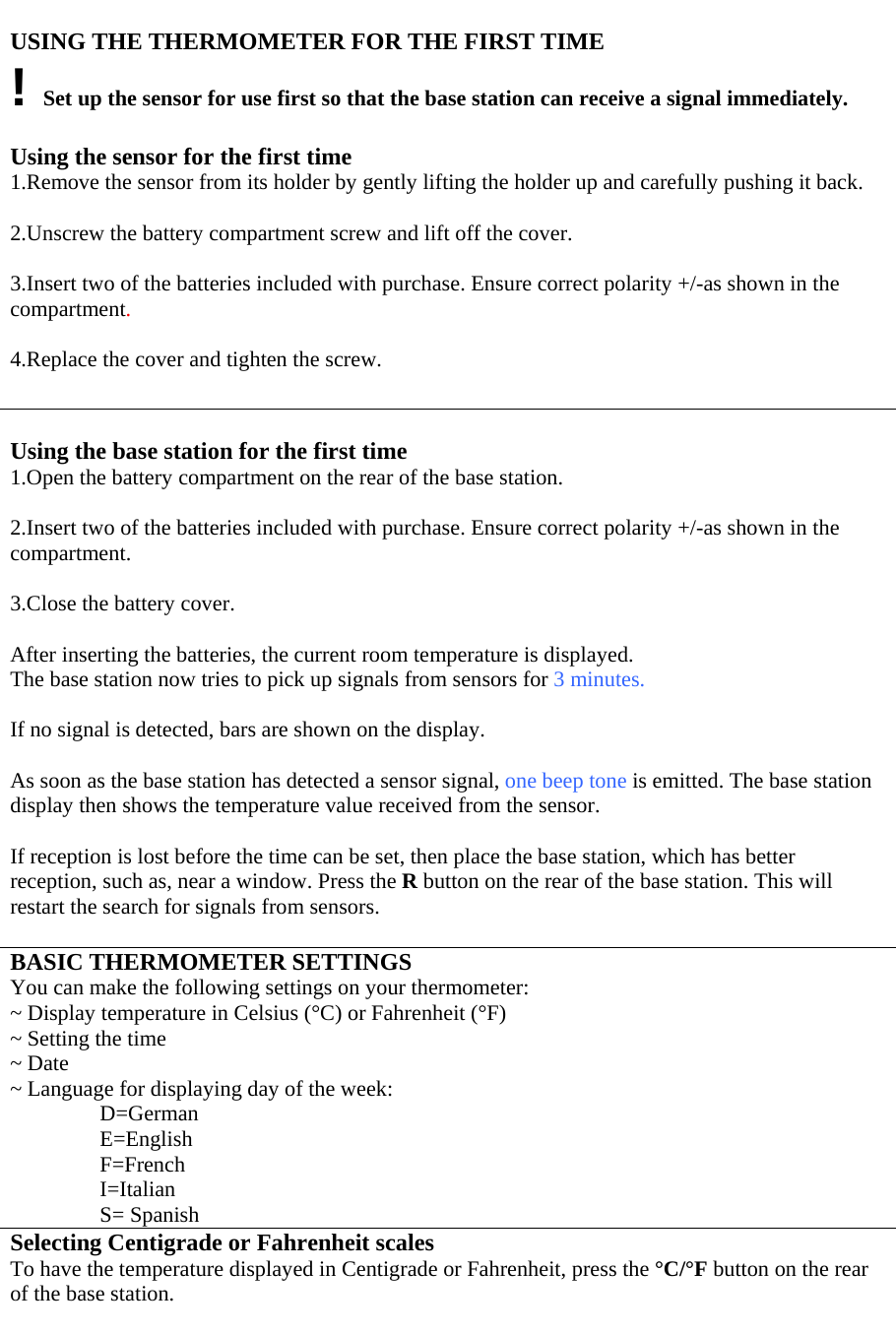
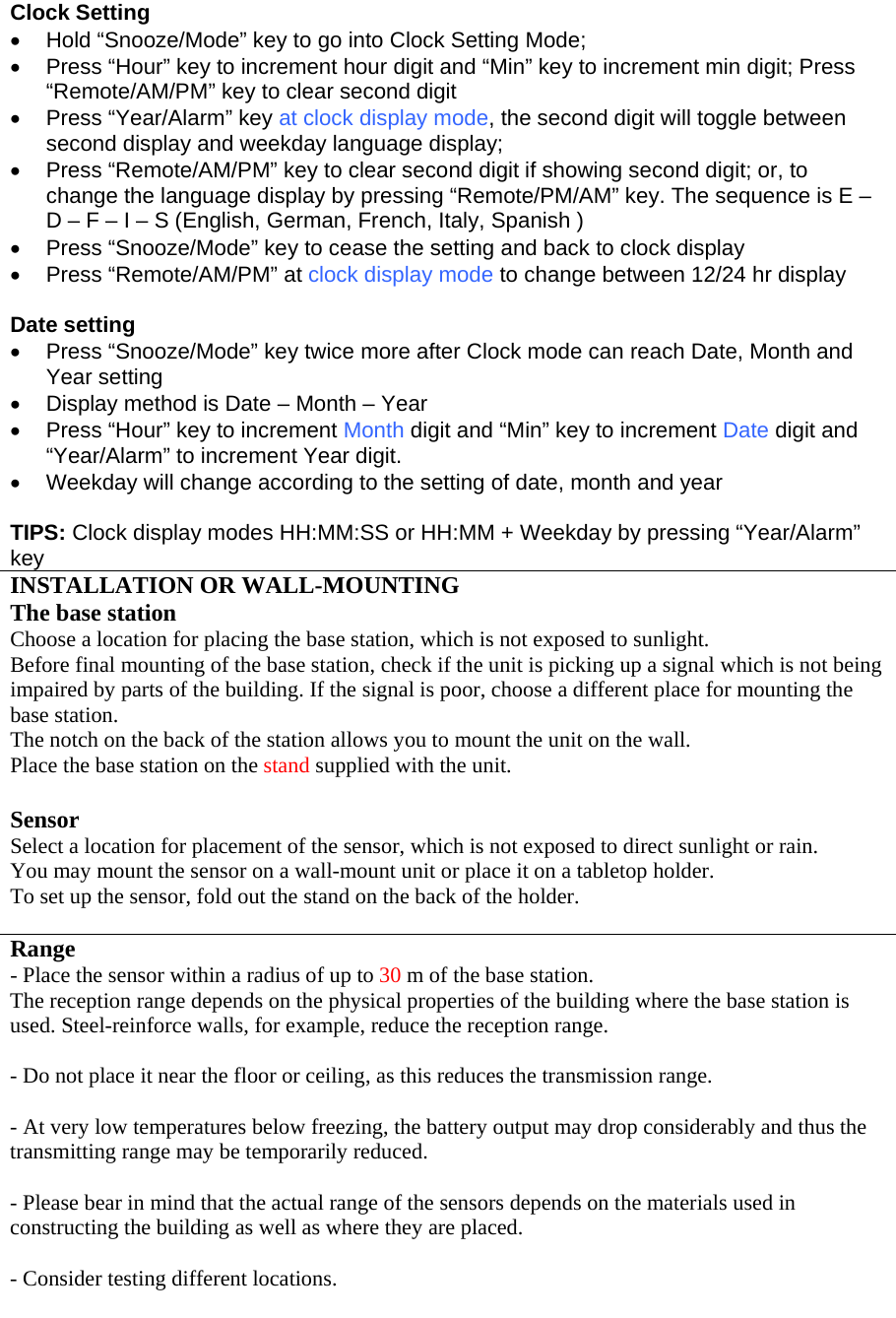
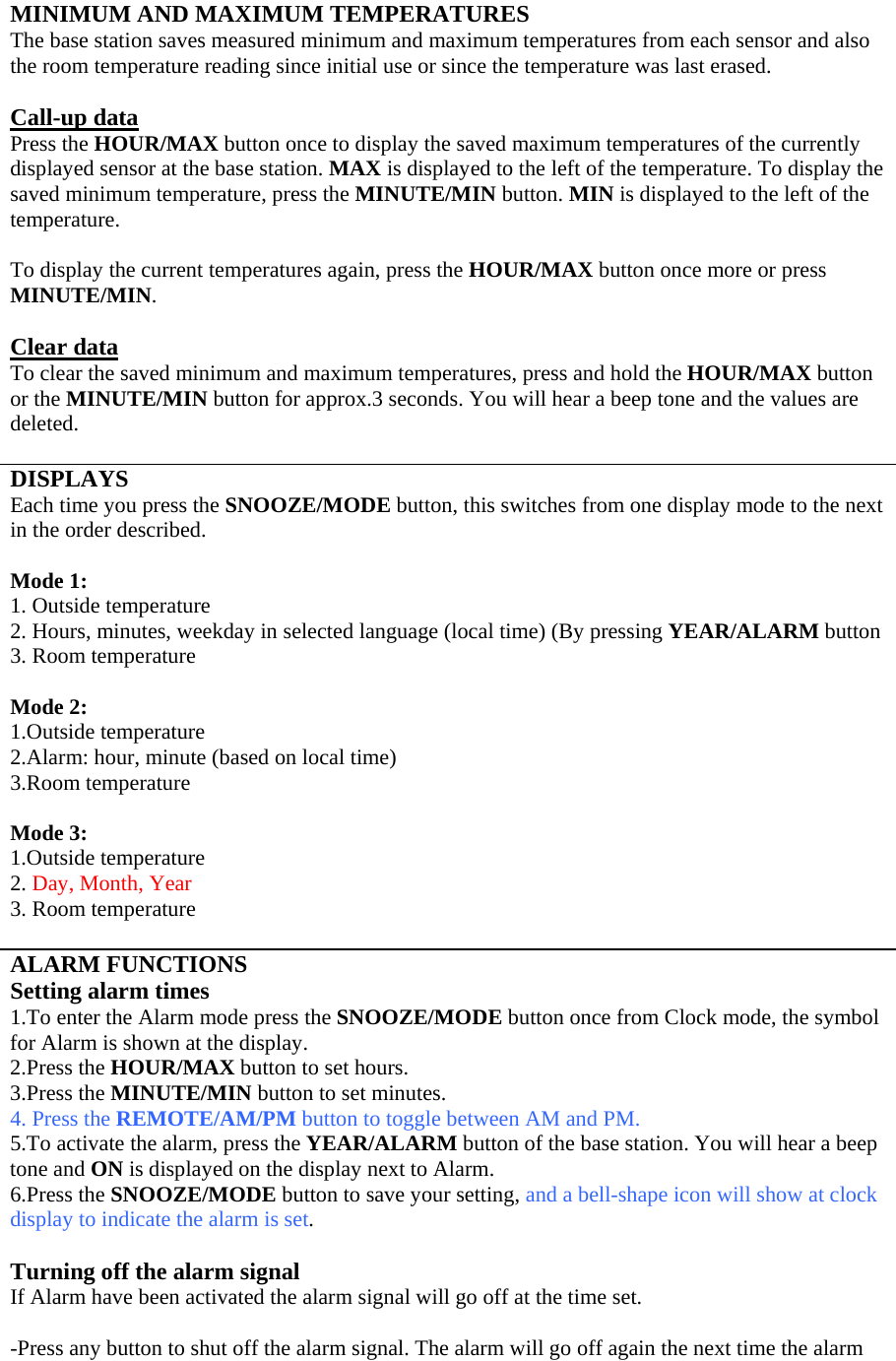
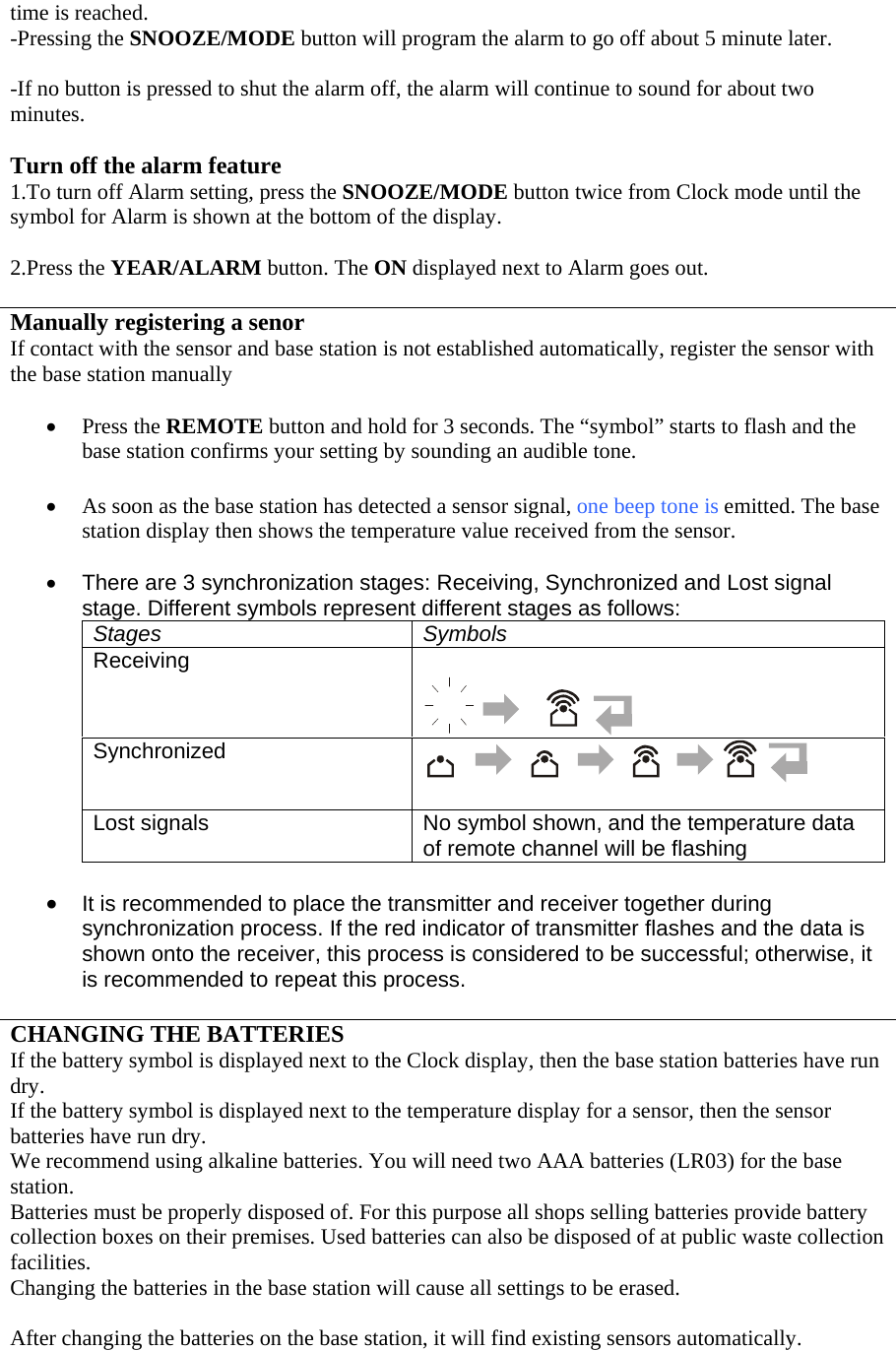
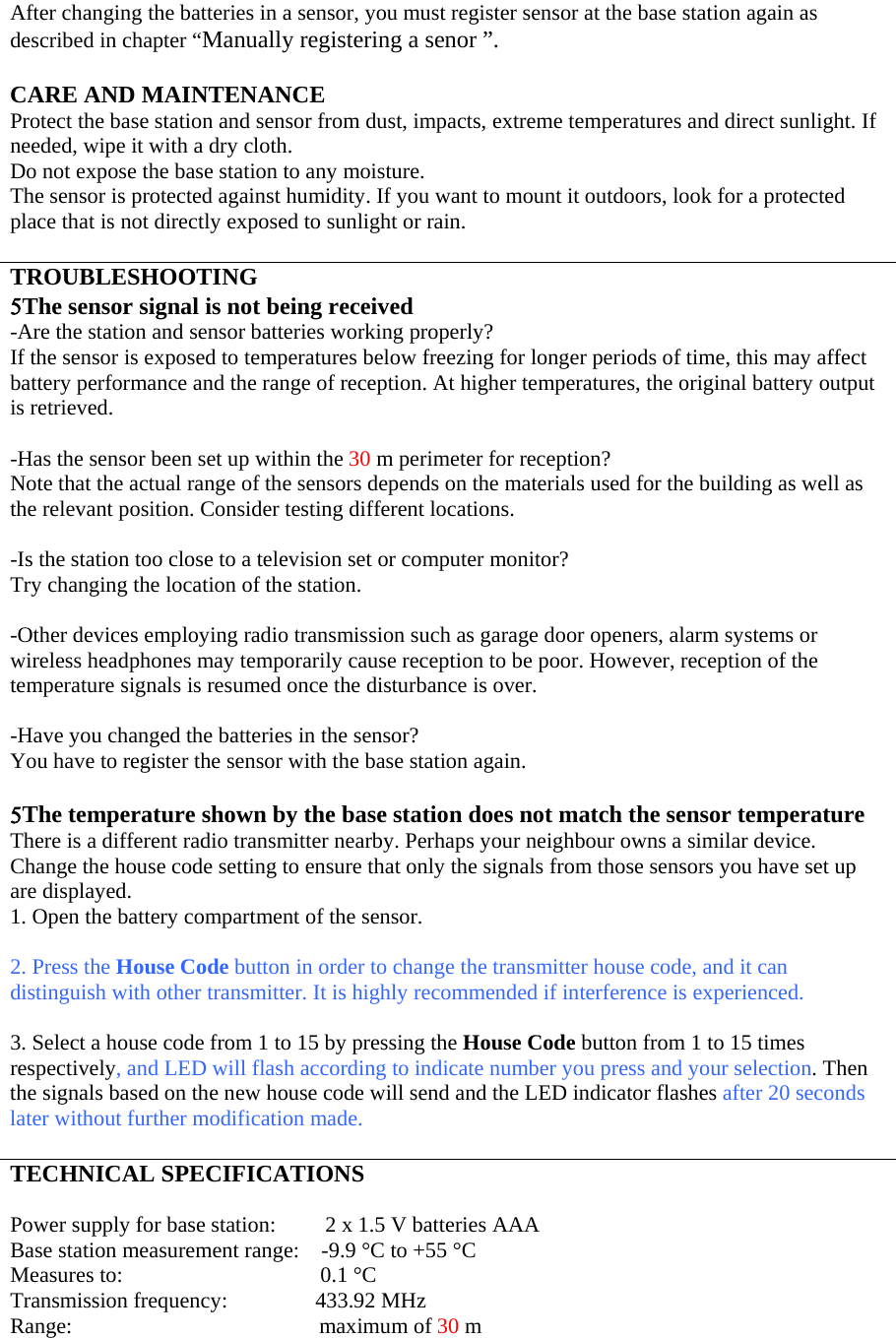
![Time display format: 24 hr Weekday display: 5 languages (German, English, French, Italian, Spanish) We reserve the right to make technical and design changes when improving the product. FCC Statement The statement required by 15.105 is as follows: This equipment has been tested and found to comply with the limits for a Class B digital device, pursuant to Part 15 of the FCC Rules. These limits are designed to provide reasonable protection against harmful interference in a residential installation. This equipment generates, uses and can radiate radio frequency energy and, if not installed and used in accordance with the instructions, may cause harmful interference to radio communications. However, there is no guarantee that interference will not occur in a particular installation. If this equipment does cause harmful interference to radio or television reception, which can be determined by turning the equipment off and on, the user is encouraged to try to correct the interference by one or more of the following measures: - Reorient or relocate the receiving antenna. - Increase the separation between the equipment and receiver. - Connect the equipment into an outlet on a circuit different from that to which the receiver is connected. - Consult the dealer or an experienced radio/TV technician for help. Statement required by 15.19 and RSS210 This device complies with Part 15 of the FCC Rules and with RSS-210 of Industry Canada. Operation is subject to the following two conditions: (1) this device may not cause harmful interference, and (2) this device must accept any interference received, including interference that may cause undesired operation. Manual Requirements according 15.21 NOTICE: Changes or modifications made to this equipment not expressly approved by UPM may void the FCC authorization to operate this equipment. ICES - 003 The statement required by ICES - 003 is as follows: NOTICE: This Class B digital apparatus complies with Canadian ICES-003. Cet appareil numérique de la classe [*] est conforme à la norme NMB-003 du Canada.](https://usermanual.wiki/Mandolyn-Electronic-Technology/WS.User-Manual-WS2211/User-Guide-839415-Page-7.png)